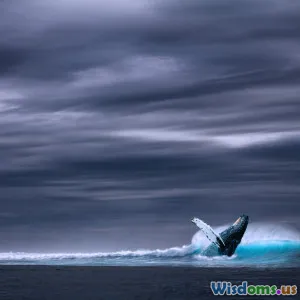
Spotlight on Whale Watching How Regulation Protects Marine Life
14 min read Explore how whale watching regulations conserve marine life and ensure responsible wildlife tourism. (0 Reviews)
Spotlight on Whale Watching: How Regulation Protects Marine Life
Every year, millions embark on breathtaking adventures to witness the majestic power of whales breaching and diving in their natural habitats. Whale watching is more than a travel highlight—it's an economic boon and a potent reminder of our interconnectedness with marine life. Yet, as the popularity of these marine safaris soars, ensuring the safety and well-being of the whales themselves has become a priority. Regulation emerges not only as an ethical necessity but also as a tool that secures the future of both whales and whale watching itself.
Understanding Whale Watching: A Flourishing Global Phenomenon
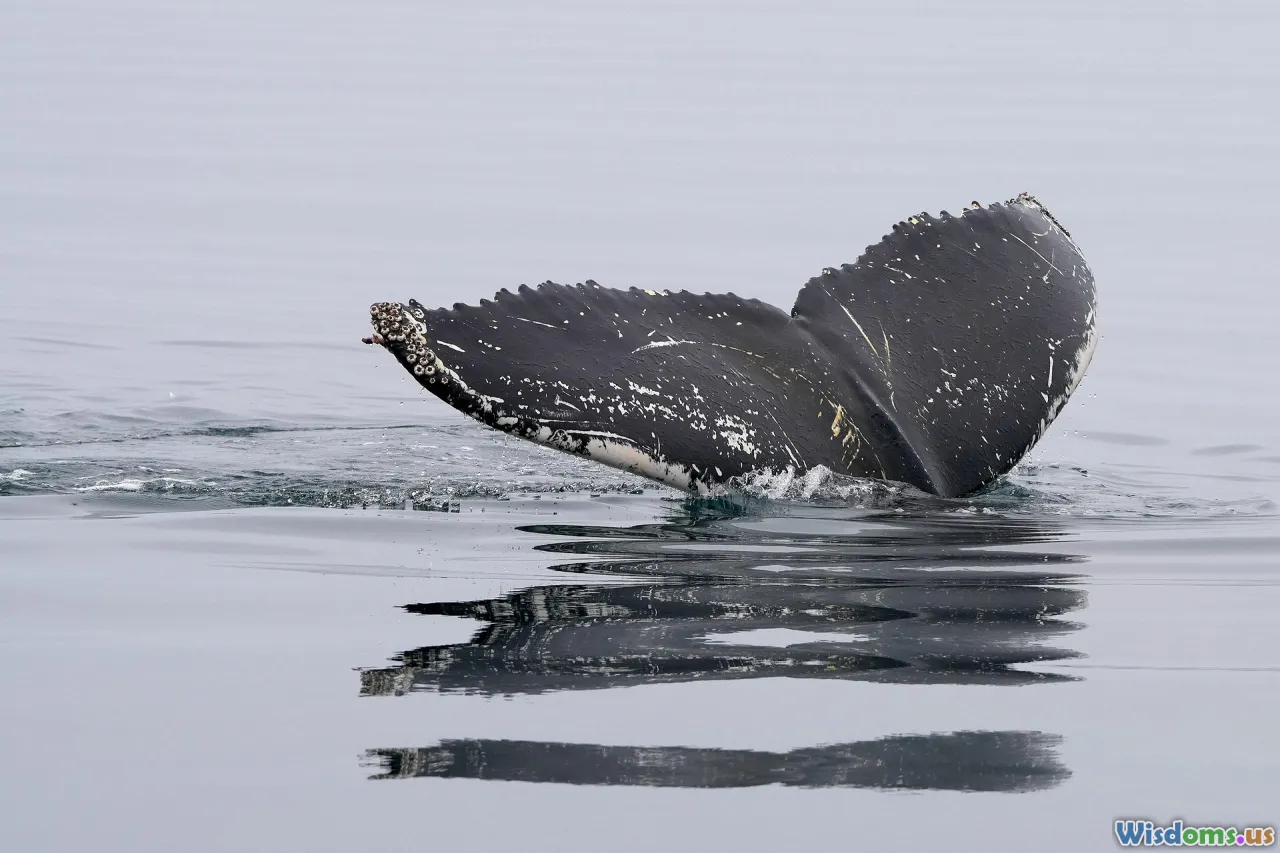
Whale watching ballooned into a global industry in the latter half of the 20th century. According to the International Whaling Commission (IWC), over 13 million people participated in organized whale watching tours worldwide in 2019, generating more than $2.1 billion in direct tourism revenue. Major hotspots span the globe—from icy Antarctic waters to the balmy coasts of Australia, Hawaii, and the Azores.
What drives this fascination? Witnessing a blue whale—the largest animal known to have lived—can be a life-changing, almost spiritual encounter. For many, whale watching fosters a newfound appreciation for marine conservation. Community impact studies, such as those conducted in Kaikoura, New Zealand, reveal that whale tourism provides significant employment and sustenance for entire regions, often replacing revenue from extractive industries.
However, booming business brings challenges. Unregulated boat traffic, noise pollution, and irresponsible human interaction present very real threats to the gentle giants whale tourists come to admire.
The Hidden Impact: Whale Watching Without Oversight
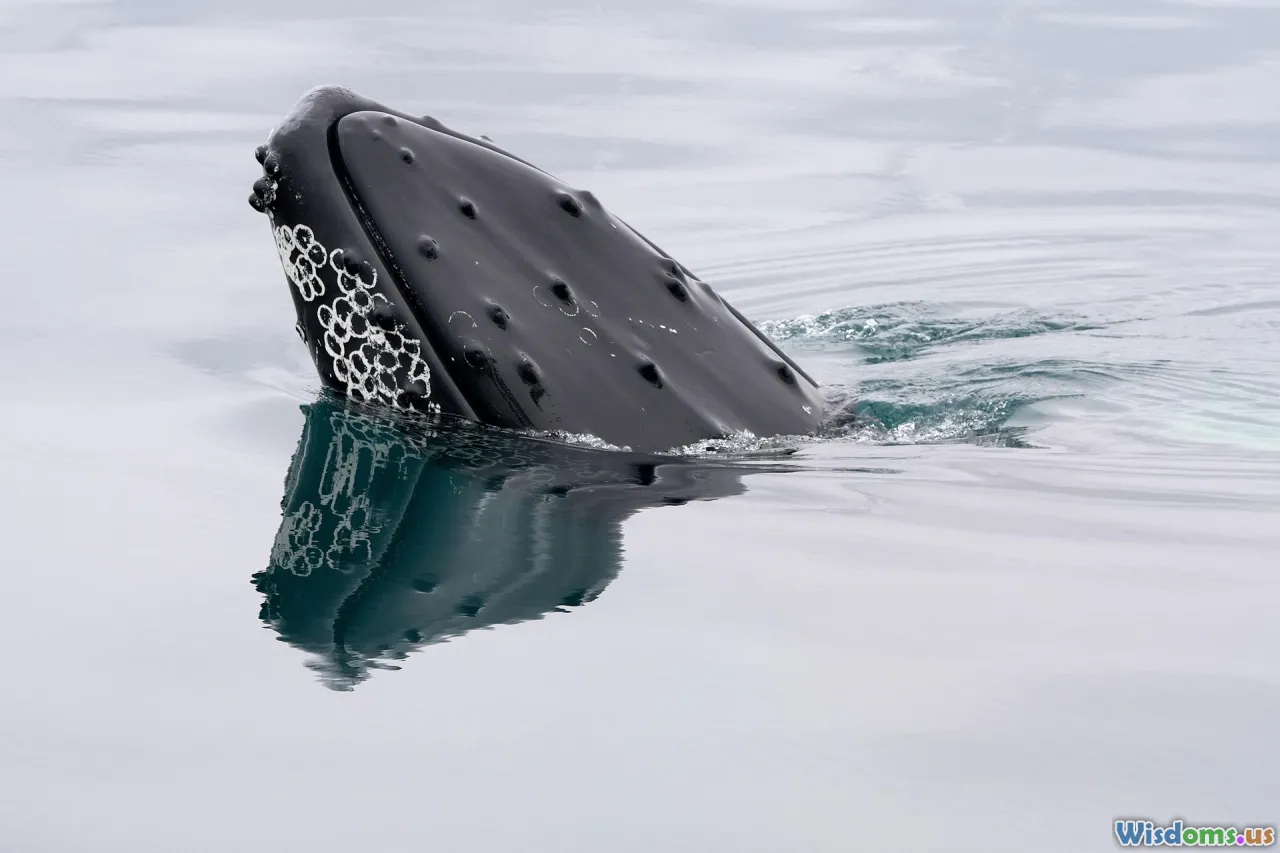
Despite well-meaning curiosity, human presence can inadvertently cause harm. Without regulatory frameworks, the stakes for whales escalate quickly:
-
Disturbance from Boat Traffic: Approaching too closely or too swiftly can disrupt critical life activities, such as nursing, resting, and socializing. There have been documented cases where mothers abandon calving grounds due to excessive human interference.
-
Noise Pollution: Underwater engine noise is especially damaging. Studies support that chronic boat noise can alter whale behaviors, with orcas in Canada’s British Columbia observed to communicate less and hunt less efficiently in noisier environments.
-
Physical Injury: Collisions with vessels remain an ever-present risk, with North Atlantic right whales particularly vulnerable. The U.S. National Oceanic and Atmospheric Administration (NOAA) links a significant percentage of right whale mortalities to ship strikes, impacting already endangered populations.
Case in point: before the enforcement of strict regulations in Hervey Bay, Australia, scientists noted that humpback whales displayed alarming signs of stress, increased avoidance behaviors, and even drops in site fidelity, jeopardizing the local eco-tourism economy and whale welfare alike.
A Framework for Protection: How Regulation Transforms Interactions

Recognizing these risks, countries and international bodies have enshrined detailed guidelines and laws. Regulatory measures are not one-size-fits-all, but typically include:
-
Viewing Distance: Most regulations set a minimum approach distance, such as 100 meters for boats (sometimes more for mothers with calves). For example, the U.K.'s Marine Code demands maintaining a 100-meter buffer, while some Canadian provinces enforce up to 200 meters for killer whales.
-
Speed Restrictions: Reducing vessel speed within designated whale zones lessens collision risks and minimizes disruptive engine noise. In the U.S., federal Seasonal Management Areas require ships to slow to 10 knots when whales are present.
-
Time Limits: Operators are often restricted to set time frames (e.g., 30 minutes) in a single whale's vicinity, reducing the cumulative footprint from repeated encounters across the day.
-
Boat Number Limits: Many hotspots, like Icelandic sanctuaries, limit total boats per observing session to prevent crowding and chaos on the water.
These policies are enforced through combination of on-the-water patrols, heavy fines (sometimes up to $100,000 USD or more in the U.S.), and loss of operating licenses.
Science-Driven Safeguards: Monitoring for Continuous Impact
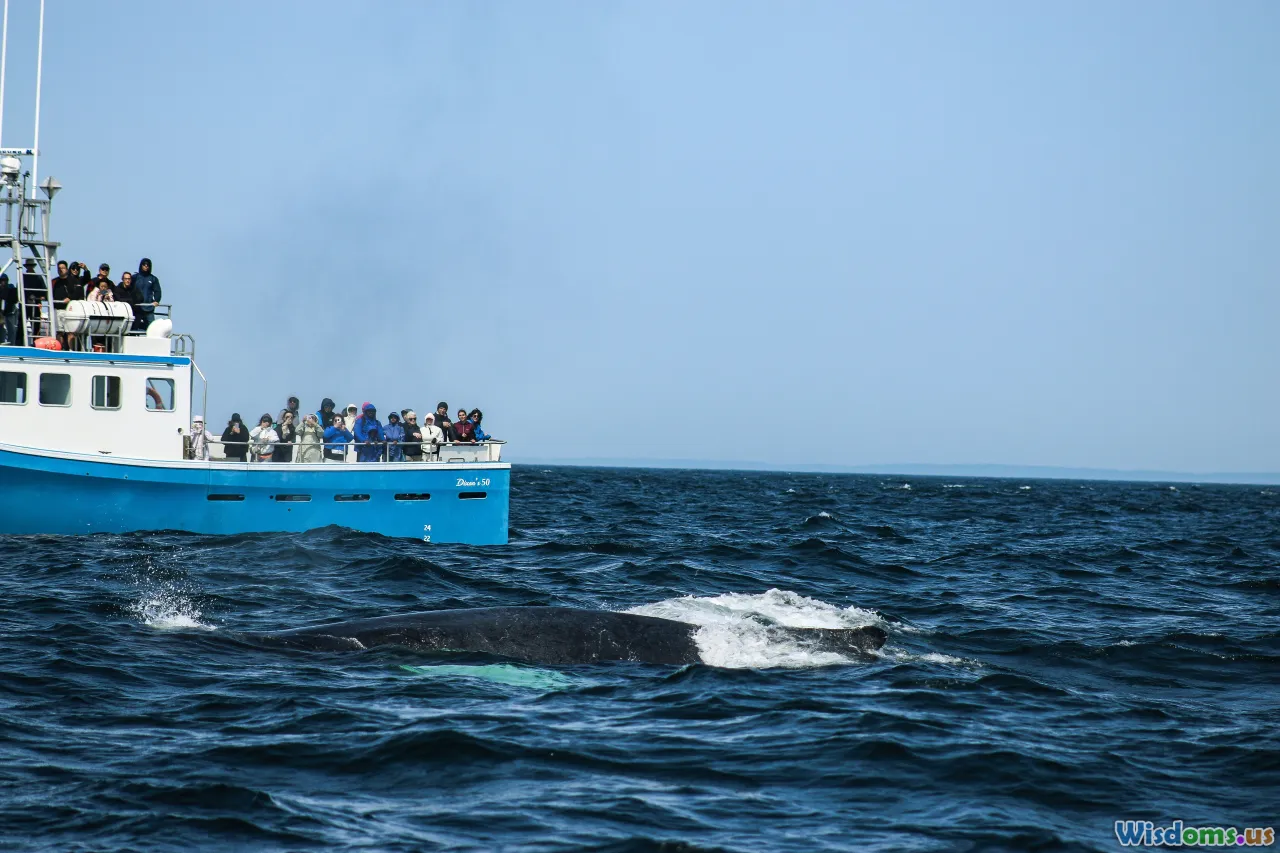
The science backing regulatory action is continually evolving. Ongoing, long-term monitoring by marine biologists informs adaptive management practices. Cutting-edge GPS tracking, genetic tagging, and hydrophones (underwater microphones) allow researchers to gauge behavioral shifts in real-time and over seasons.
A poignant example is the partnership between Pacific Whale Foundation and local regulators in Maui. Decades of data collection revealed that boat modifications (such as adopting quieter propulsion systems and whale-friendly hull shapes) significantly lowered levels of injury and distress.
Additionally, technology-driven solutions like electronic logbooks and automated vessel tracking systems (AIS) greatly enhance enforcement capability and responsiveness.
Researchers in the Bay of Fundy, Canada, have used drone footage to document subtle body language changes in response to boat approaches—data now used to refine approach distances every year.
Educational Outreach: Turning Regulation into Inspiration

Regulation isn’t just about policing behavior—it’s about transforming mindsets. Well-crafted outreach programs pivot between visitor satisfaction and marine conservation:
-
Certified Guide Training: In Norway and South Africa, licensing schemes require operators and naturalists to undergo conservation-focused training, ensuring accurate whale biology is shared and ethical codes are strictly followed.
-
Onboard Learning: Many tour providers exceed legal minimums by turning boat trips into floating classrooms. Partnerships with organizations like the World Cetacean Alliance have helped bring critical issues—like ocean plastics and climate threats—front-and-center for tourists who can amplify protective action far beyond their holiday.
A standout example: the Azores mandates a marine biologist on every registered tour. Customer surveys reveal this has led to increased public support for marine-protected areas, supporting stronger regulatory regimes in the region.
Challenges on the Horizon: Balancing Access with Protection
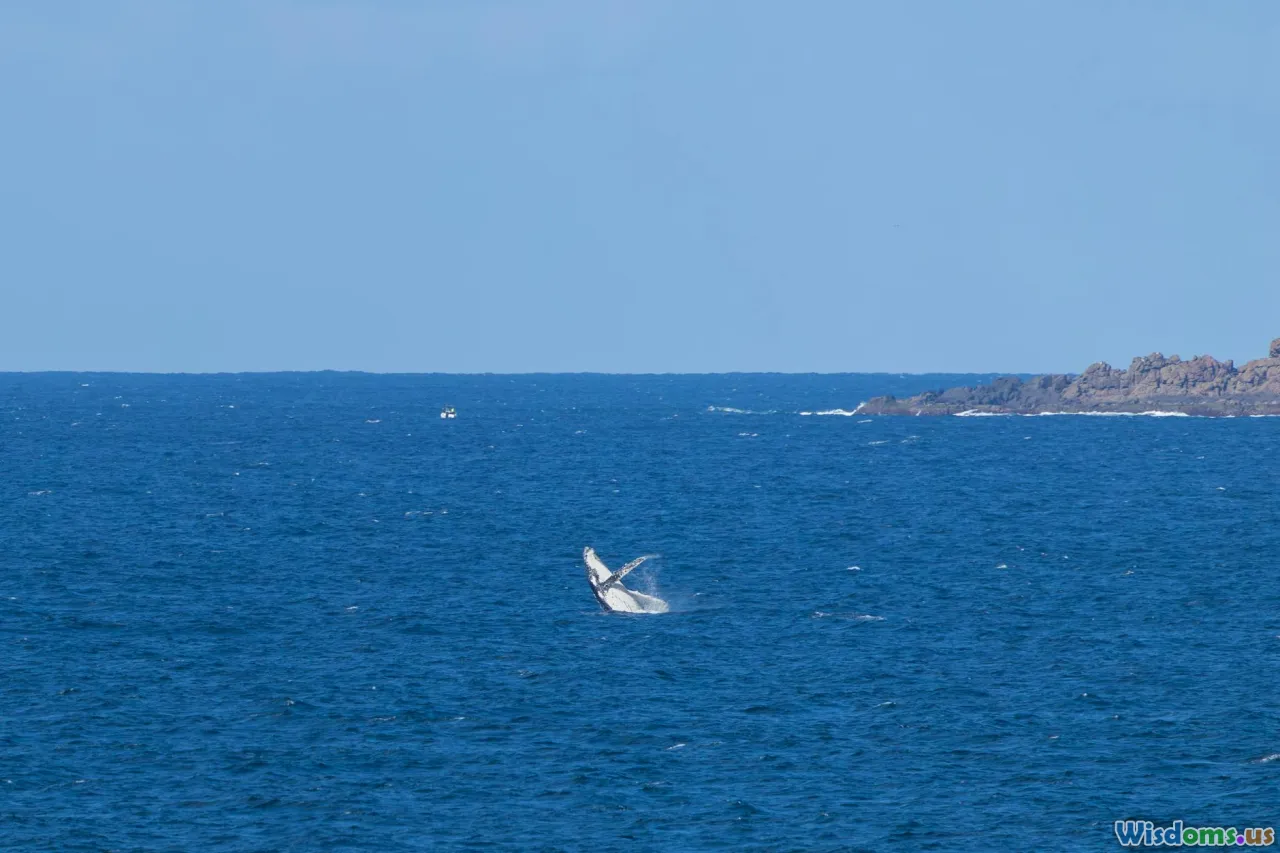
Crafting perfect regulations is an evolving art. Several ongoing issues challenge regulators, scientists, and the industry:
-
Diverse National Standards: There’s no single-global code. Varying enforcement and ambition create loopholes, straining migratory whale populations crossing borders. Some countries, lacking domestic oversight, risk becoming havens for unsustainable practices.
-
Clandestine or Informal Operators: In some destinations, unregistered and unlicensed guides skirt regulations, operating outside of best practices, occasionally using smaller or faster boats to sneak closer to whales.
-
Climate and Environmental Change: As whale migration patterns shift with warming seas and changing prey distributions, static designated zones may not reflect where whales actually congregate, complicating enforcement and adaptation.
Solutions include facilitating cross-border cooperation, leveraging satellite tracking for better real-time oversight, and sharing best regulatory models via bodies like the International Whaling Commission.
Responsible Whale Watching: How You Can Choose Wisely

Regulation succeeds when touring companies and travelers share a conservation-first ethic. Here’s how you—whether a tourist or a business—can champion marine well-being:
For Tourists
- Choose Certified Operators: Seek out organizations with clear accreditation from recognized bodies—look for the Whale Heritage Sites, Blue Flag, or local marine conservation awards. These imply a commitment not only to legal compliance, but best ecological practice.
- Ask Questions: Don’t be afraid to question operators. Do they employ marine biologists? What is their policy for approach distances? How do they manage large crowds?
- Mind Your Behavior: Even as a guest, minimize noise, avoid sudden movements, and heed instructions. Observing respectfully amplifies the regulatory framework.
For Operators
- Go Beyond Compliance: Embrace continuous staff training, boat modification for noise and collision reduction, and participation in research or citizen science initiatives.
- Invest in Education: The more meaningful the educational component of each trip, the more likely guests are to take conservation values home.
Case Studies: Regulation in Action—What Success Looks Like

Monterey Bay, California
With one of the world’s richest marine sanctuaries, Monterey Bay National Marine Sanctuary established a robust permit system and capped the number of whale watching vessels. Researchers found reduced signs of stress in migrating gray whales, and a multi-year uptick in both whale numbers and visitor satisfaction. Strong outreach—such as the annual “Whalefest Monterey”—further cements community involvement.
Hervey Bay, Australia
Among the pioneers in regulated whale watching, Hervey Bay’s strict time, distance, and vessel limits saw immediate improvement: overhead aerial surveys found more whales consistently returning to the area, with population recoveries echoing their proximity to best-practice tourism.
Azores Archipelago
The Azorean government’s insistence on licensed, small-group tours and on-board marine scientists reversed damaging trends from the early 2000s: reckless approaches and crowding. Cetacean health surveys have since documented robust calving rates and greater diversity of whale species present.
Looking Forward: Conservation as Collaboration
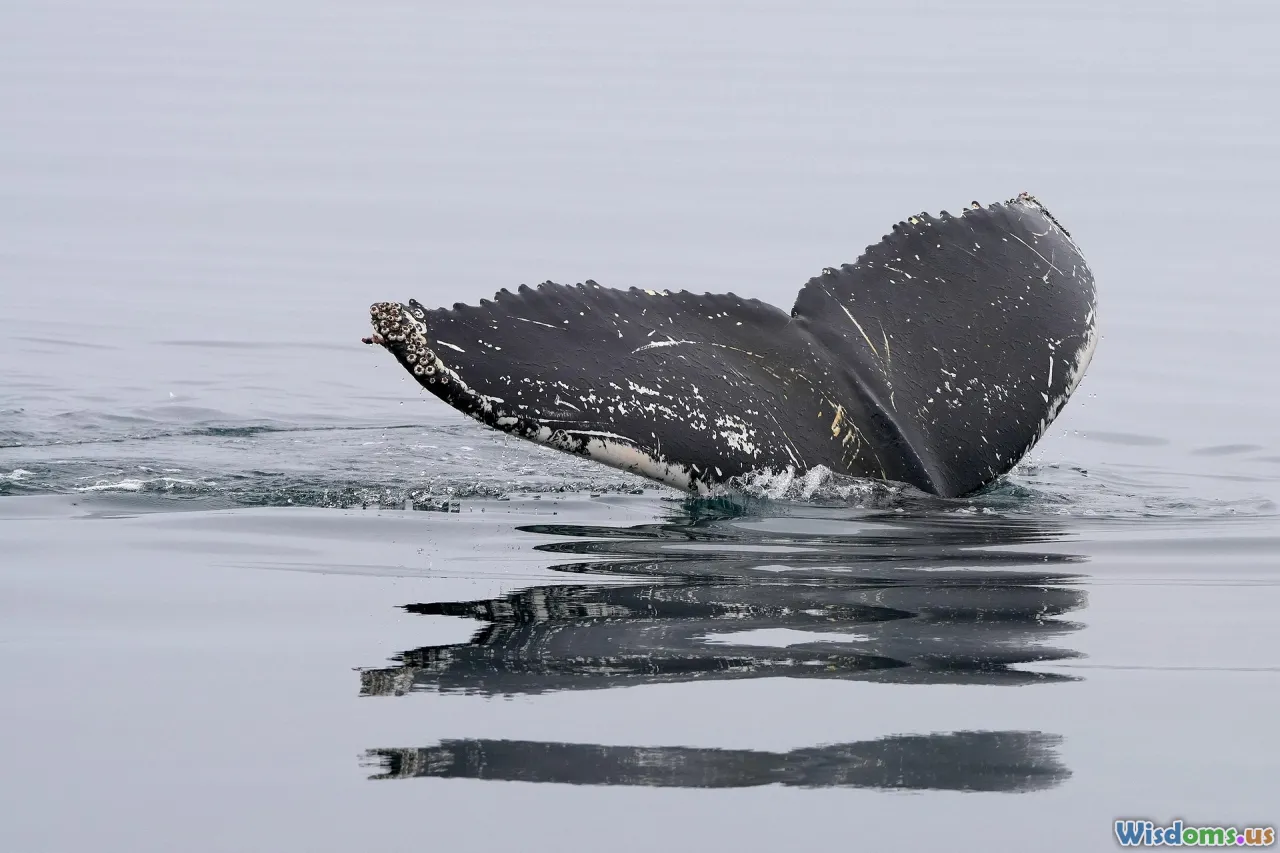
Whale watching, if well regulated and ethically approached, can be one of the world’s great success stories in sustainable, transformative tourism. Robust regulation—rooted in science and buttressed by education—offers more than just a protective shield for vulnerable whale populations: it preserves local economies and global biodiversity alike.
Travelers, operators, and policy makers each play a decisive role. The next time you set sail in search of these remarkable marine giants, remember: respecting the rules isn't just legal compliance—aids in the spectacular ongoing drama of wild whales, for generations yet to come.
Rate the Post
User Reviews
Popular Posts















